
Wound management can be complicated, choosing the right solution doesn't have to be
The Coloplast 3 step approach to managing hard-to-heal wounds to optimise healing
After assessing the patient, prepare the wound with Alprep® Pad and then choose a wound bed conforming dressing such as Biatain® Silicone, Biatain® Silicone Ag or Biatain® Fiber based on your treatment objectives.
*Before use, always consult the ‘Instructions For Use’ document provided with the products.
If you are a patient that would like more information on our products and how they may aid you in your healing journey, then please complete the following form and a member of our team will get in touch to ensure we provide you with the correct samples.
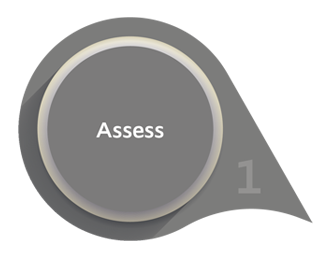
Assess
Assessment is paramount in defining treatment objectives.
The Triangle of Wound Assessment is a holistic framework that allows practitioners to assess and manage all areas of the wound, including the periwound skin.
Once you have done a comprehensive assessment of the patient and wound, you can move on to developing an effective wound management plan and set specific goals for the treatment.

Prepare
Wound preparation of the wound bed, edge and periwound skin is key to remove the barriers to healing creating an optimal healing environment.
Our research tells us that clinicians currently experience key challenges with existing wound cleansing and wound debridement products such as limited functionality, low absorption and lack of usage control.
This is why we created Alprep Pad a two-in-one cleansing and debridement tool that is designed for improved absorption and ease of use.
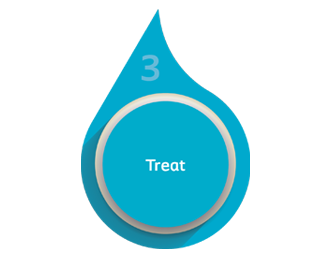
Treat
A portfolio of dressings to manage a wound of any depth and stage of healing is required.
Considerations for treatment and dressing choice are as follows:
- The Gap and wound depth
- Risk of infectoin, Infection or Biofilm
- Exudate management
- Patient / Carer can change themselves (supported Shared Care)
Our advanced dressings are developed through open, ongoing conversations with end users and healthcare professionals.
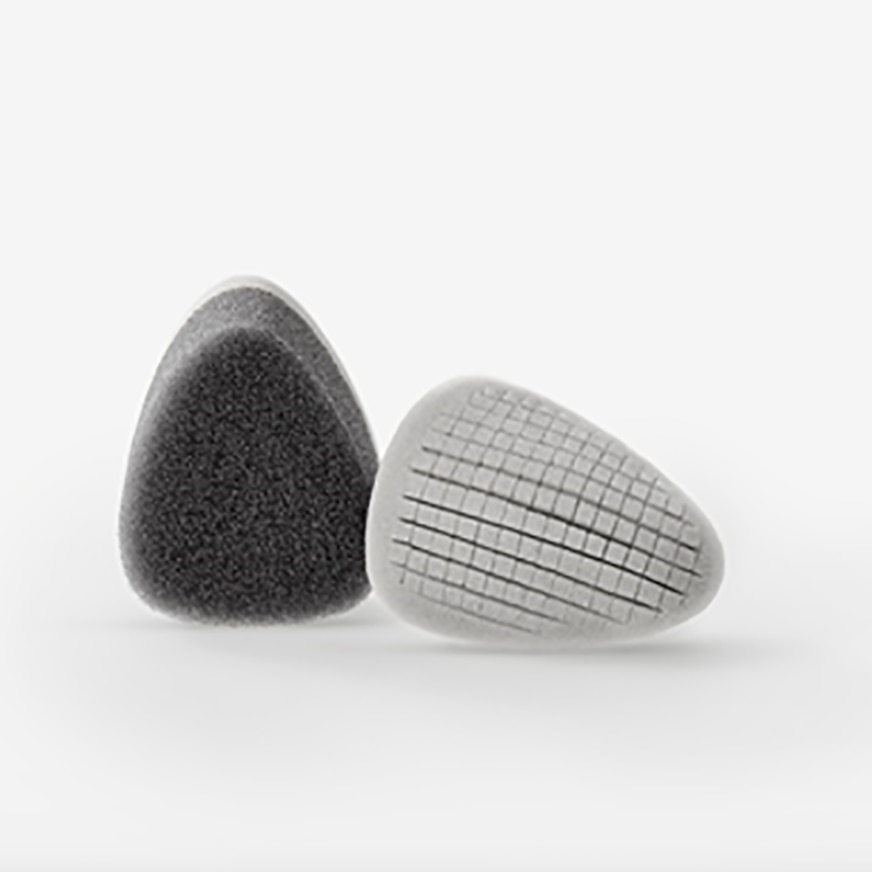
Alprep® Pad
Alprep® Pad is a two-in-one cleansing and debridement tool designed for improved absorption and ease of use.
Suitable for a wide variety of wounds including non-infected wounds, infected wounds or wounds with suspected biofilm.
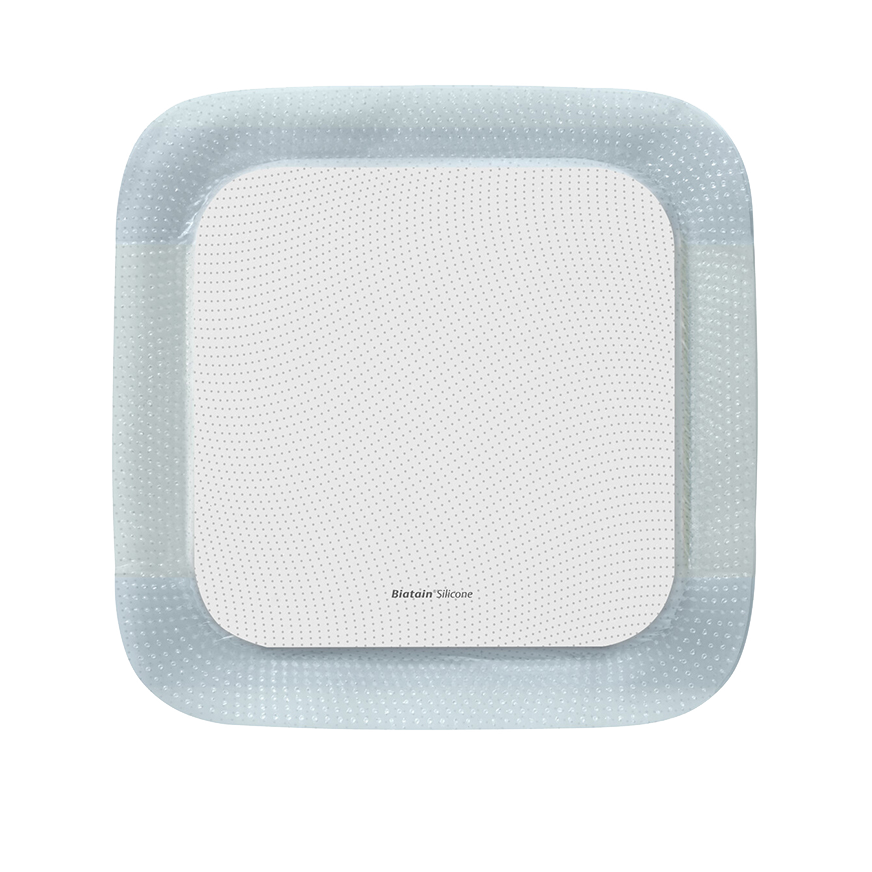
Biatain® Silicone
Biatain® Silicone with 3DFit Technology is a silicone foam dressing designed to reduce exudate pooling and thereby the risk of infection and maceration of the wound edges and periwound skin.
Biatain® Fiber
Biatain® Fiber with HexaLock Technology is an absorbent gelling fiber for deeper, undermined and highly exuding wounds. Biatain Fiber supports autolytic debridement and desloughing which promotes the wound healing process.
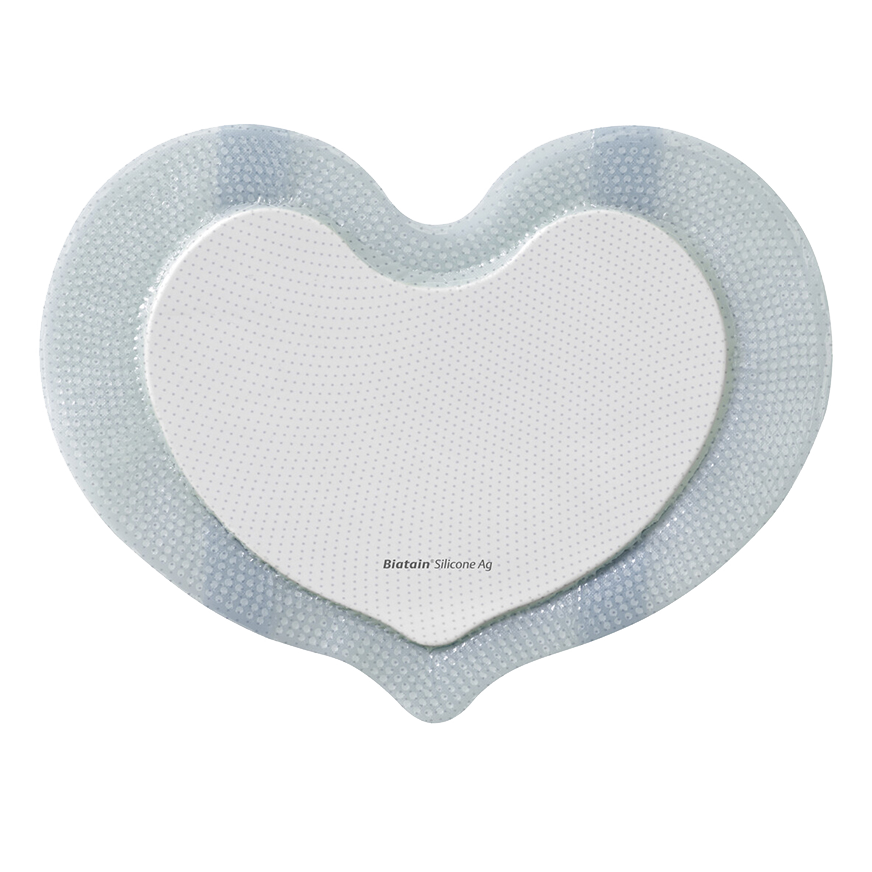
Biatain® Silicone Ag
Biatain® Silicone Ag with 3DFit Technology is a silicone foam dressing with silver. Biatain Silicone Ag combats infection and biofilm where it matters. Kills 99.99% of mature biofilms (P.aeruginosa) and prevents new biofilm formation, as shown in vitro.1
Request a product sample
Please only complete the form below if you are a Healthcare Professional or work in the Health care industry.
If you are a patient that would like more information on our products please complete the following form
Alprep Pad - Simplifying cleansing and debridement to support optimal wound preparation
Clinicians rate Alprep Pad to be an effective and convenient cleansing and debridement tool to support optimal wound bed preparation.
Wound preparation through cleansing and debridement is essential in wounds that contain:
- Slough
- Non-viable tissue
- Biofilms
All 3 aspects of the wound can benefit from preparation - the wound bed, wound edge and periwound skin
Two tools in one
The open structure of the dark grey foam is for loosening. The light grey softer foam is for absorbing and capturing.
Designed for improved absorption
Unique slits design increases the absorption and captures loosened slough, non-viable tissue and biofilms.
Easy and convenient to use
The special triangular shape makes for comfortable handling. The packaging can also be used to wet and hold the pad.
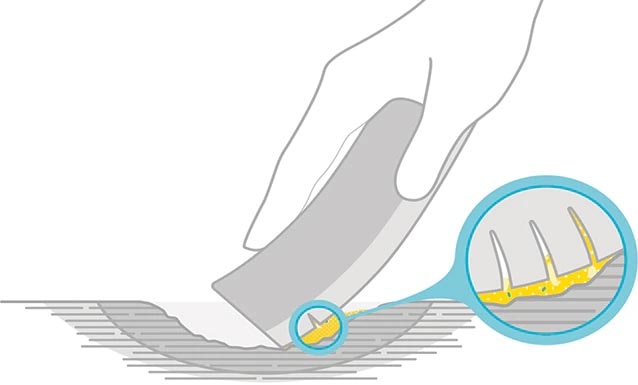
Support optimal wound healing by preparing the wound with Alprep® Pad
"Using the Alprep Pad has improved our day to day visits and time spent in clinics in terms of reducing the time spent preparing and debriding wounds. It is easy to use and instant results can be seen".
- Lindzi Eaton-Ward, District Nurse Sister
Biatain® Silicone with 3DFit® Technology - for wounds down to 2cm in depth
Biatain Silicone with 3DFit® Technology is designed to reduce exudate pooling and thereby the risk of infection and maceration of the wound edge and periwound skin.
The benefits of 3DFit® Technology
Upon contact with exudate, the foam with 3DFit® Technology conforms to the individual wound bed and stops pooling before it starts. Microcapillaries go into action to absorb the exudate vertically, and to create optimal healing conditions. The exudate is locked away and retained even under compression, reducing risk of leakage and maceration of the wound edges and periwound skin.
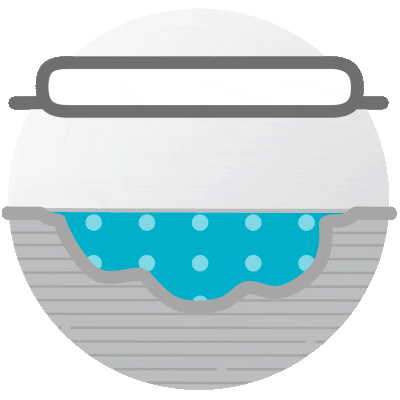
Conforms to the wound bed
To minimise gap formation and reduce exudate pooling
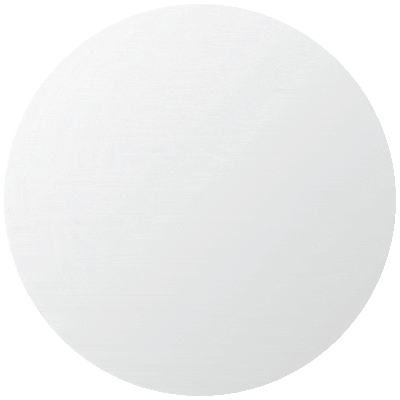
Absorbs vertically
To protect surrounding skin and wound edges from maceration
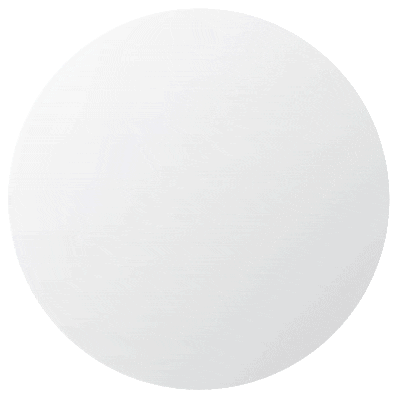
Retains exudate and 99.98% of bacteria
To reduce the risk of infection and damage to the periwound skin
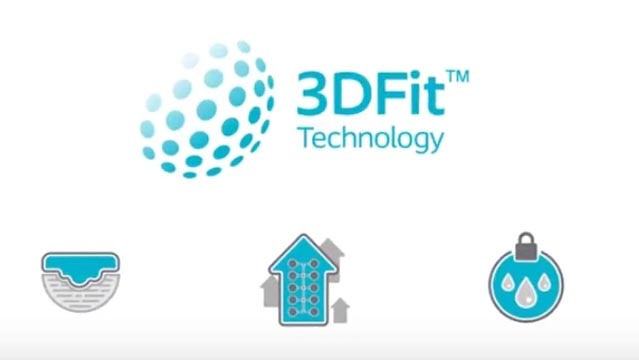
See how Biatain Silicone 3DFit® Technology fills the gap and reduces exudate pooling.
The challenge with conventional dressings, is that they leave a gap between the wound bed and dressing. The gap allows for exudate pooling which starts a series of events. Pools of exudate may promote bacterial growth, which may lead to the risk of infection. If exudate leaks on to the wound edge and periwound skin it will become macerated and delay wound healing.
What's needed is a dressing that prevents gaps from forming in the first place, and Biatain Silicone with 3DFit technology is that dressing. It conforms to the wound bed to prevent gaps and exudate pooling, it absorbs the wound exudate and stops pooling before it starts.
Biatain® Fiber with HexaLock® Technology for deeper, undermined and highly exuding wounds
Biatain® Fiber with HexaLock® Technology is the new gelling fiber for all highly exuding, sloughy and cavity wounds, including undermining.
It effectively absorbs and retains exudate and bacteria, thereby reducing exudate pooling. It also keeps in shape, minimising risk of gap creation and further exudate pooling.
Biatain® Fiber is indicated for use in acute and chronic wounds such as diabetic ulcers, leg ulcers (arterial ulcers, venous ulcers and leg ulcers of mixed aetiology), pressure ulcers (stage II-IV), exudate absorption in oncology wounds, traumatic wounds, partial-thickness burns, donor sites, and post-operative surgical wounds.
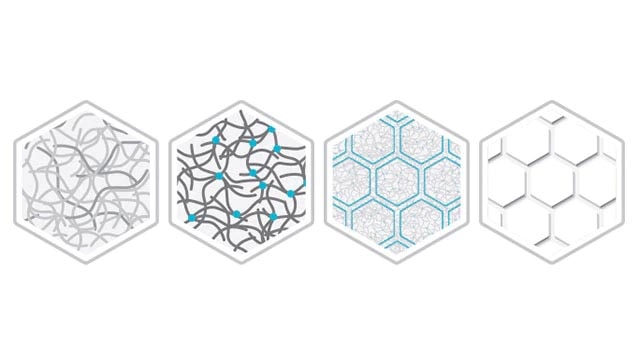
Developed to help control exudate in challenging wounds
BiCo fibers are welded together with CMC gelling fibers for extra strength.
The fibers are locked together by thermobonding.
The fiber dressing is reinforced with a unique hexagon net by ultrasonic embossment that locks the fibers together.
The HexaLock® Technology locks in exudate and bacteria, minimises shrinkage and forms a cohesive gel for one-piece removal
The strength to lock exudate
Pooling of wound exudate can occur when exudate is not managed effectively or when the wound bed is not covered by an absorbent dressing, leading to an increased risk of bacterial growth and infection. Unmanaged exudate can also leak onto the wound edges and the periwound skin, which may cause maceration and delay wound healing.
HexaLock® Technology gives Biatain® Fiber the strength to manage exudate, reducing the risk of maceration and infection.
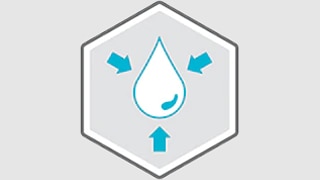
Locks in exudate and bacteria
One important function of a gelling fiber is its ability to retain exudate, ensuring that it does not leak back into the wound or on periwound skin.
The unique HexaLock Technology integrates the gelling fibers in a reinforced hexagon net, giving Biatain Fiber the strength to lock in exudate to reduce exudate pooling for optimal healing conditions.
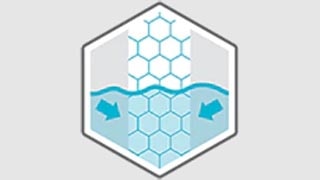
Minimises shrinkage
If a gelling fiber shrinks when absorbing exudate, gaps between the dressing and the wound bed create space for exudate pooling.
Biatain Fiber also conforms to the wound bed and thanks to HexaLock Technology, the dressing will keep in shape when used, minimising the risk of gap creation and exudate pooling.
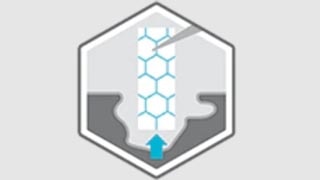
Cohesive gel
Caring for wounds where gelling fibers are indicated is already a challenging and time-consuming process. This challenge increases if the wound dressing disintegrates, requiring a piece by piece removal and creates uncertainty if all residues have been removed.
Biatain Fiber forms a cohesive gel that ensures an easy one-piece removal with minimal risk of leaving residues in the wound.
Biatain® Silicone Ag with 3DFit Technology - Promoting optimal healing conditions for infected wounds
The majority of infected wounds are highly exuding, creating a favourable environment for biofilms
Conventional foam dressings leave a gap between the wound bed and dressing, allowing exudate to pool. This may promote bacterial growth leading to increased risk of infection and subsequent development of biofilms.
Biofilms are clusters of bacteria and fungi embedded in the wound environment, which can form within 24 hours. Biofilms are difficult for the immune system and antibiotics to eradicate1.
New research shows that biofilms can be found both in the wound bed surface and in the tissue below the wound bed2. Its presence can lead to infection, inflammation and delayed healing3.
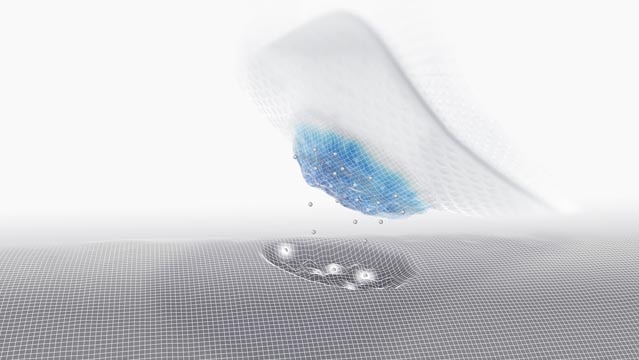
Discover Biatain® Silicone Ag with 3DFit Technology
Biatain Silicone Ag is a conforming dressing with 3DFit Technology that fills the gap and reduces exudate pooling to promote optimal healing conditions. Biatain Silicone Ag has been shown to kill 99.99% of mature biofilms (P. aeruginosa) and to prevent biofilm formation (shown in vitro).
Reference list
- 1. Christiansen et al. In vitro evaluation of a silver foam dressing with and without silicone adhesive against biofilms and a broad range of microorganisms. Poster EWMA 2018.
- 2. Mouës, CM et al. Five Millenia of Wound Care Products – What is new? A Literature review. Ostomy Wound Management 2009 Mar;55(3):16-22
- 3. Sibbald, RG et al. Preparing the Wound Bed – Debridement, Bacterial Balance, and Moisture Balance. Ostomy Wound Management 2000;46(11):14-35
- 4. Adderley,UJ. Managing wound exudate and promoting healing. British Journal of Community Nursing 2010 Mar;15(3):S15-2
- 5. Braunwarth H, Christiansen C. In vitro Testing of Bacterial Trapping in a Silicone Foam Wound Dressing. Wounds UK 2019
